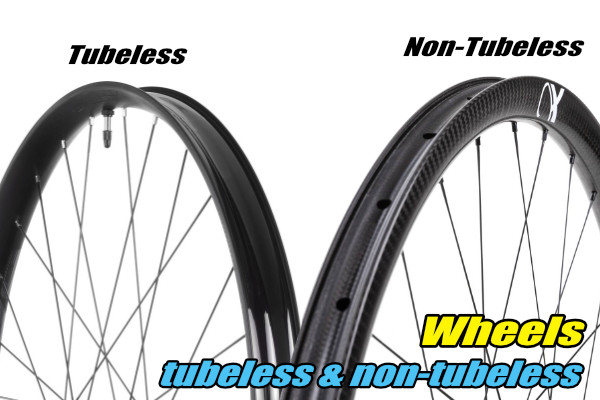Rim width and tire width are two closely related sizes. Flexible tire sidewalls alow a single tire size to be mounted on a rim of various widths.
Actually, there is an approved rim width range for every tire size, but on the other side, there is a tire width range for every rim size, specifically, rim width.
Note: There are three charts on this page. First chart shows tire widths adequate for a certain rim width and tire aspect ratios. The other two charts are doing the same but in a separate table for each rim width; inside the table data is ordered by tire width or tire aspect ratio.
When replacing a rim or a tire with a wider one you could ask a question in two different ways:
The answer would be: "Rim widths corresponding to the tire size 195/65 R15 are: 5.5, 6.0, 6.5 and 7.0 inches". The information related to other tire sizes can be found in Wheel/Rim Size Calculator or Rim Width Range and Measuring rim for Tire Size chart.
If you want to mount a wider or a narrower tire on the existing rim you could ask the question:
For example, appropriate tire widths for the 6" rim are from 175mm to 225mm. That's answer you can find in the charts below this text.
When replacing OE(original equipment) tire with a wider one, aftermarket tire, the width of rim should be taken into consideration because each rim width corresponds to only a few tire widths.
The charts presented below could help you to make the rational decision about the tire width you need for the given wheel/rim width.
But, please consider that the resulting tire list lacks certain tire sizes, so it should not be treated as complete. When we say tire size in this context(relation between tire width and rim width), we mean only on tire width(i.e., section width) and tire aspect ratio/series, there is no rim diameter. Tires presented in the list should not be all considered suitable for your car, because only a few of them or maybe, only one would satisfy a requirement that their overall diameter should be almost the same as your OE (original equipment) tire diameter. The data presented in the charts is only for the passenger car metric tires.
The data presented in the charts is only for the passenger car metric tires.
NOTICE: These charts do not represent complete or ultimate solution for this particular purpose, they are only a reference.
So, when you find tire sizes, i.e., tire width and series combinations that fit your wheels/rims, use our Tire Size Calculator – Tire Dimensions to compare them with your OE Tire size to ensure that the selected tires circumferences or diameters do not deviate too much from the OE tire circumference or diameter. This is extremely important for many reasons.
The charts, as an addition to our tire4rim calculator, should be used along with our rim4tire calculator, which complement each other. If you choose a tire size in these charts or in the Tire size for rim size calculator, do one more check in the Wheel/Rim size calculator(or in the chart: Rim width range and Measuring rim width for Tire Size) for the selected tire size, to double check if the selected tire size has your rim in
the acceptable rim width range.
Find more relevant information below these charts.
Can I mount a smaller tire width than the one presented in the chart as the smallest, for the specific rim width?
Notes: A Tire with higher profile(series) for the same tire width or the same profile for a wider tire width, has a higher tire sidewall, that means more comfortable ride. Wider tires create more traction on the road, resulting in reducing fuel economy.
Disclaimer:
Please note that these charts should be used only as a reference and they should be verified with tire/wheel manufacturers. They are for informative purposes only. The tyresizecalculator.com is not responsible for any errors that may arise with their usage.
In the charts, every tire width and aspect ratio combination, listed below the certain rim width, could be mounted on the rim width, but the question is: which tire width is the best fit to the rim width?
The tire Measuring Rim Width, which stems from the tire size could help.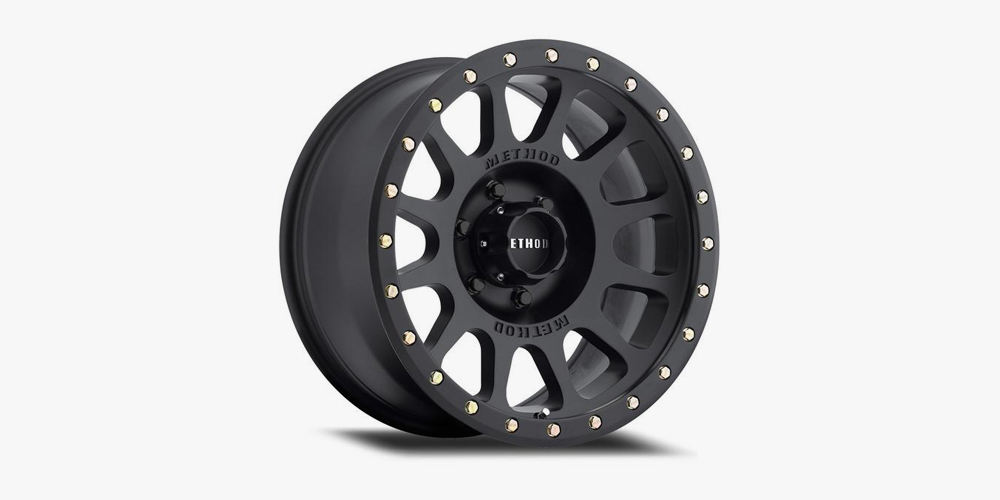 You already have the tire width, the aspect ratio, the rim diameter you want to use, that is, you have the full tire size. if your rim width is closer to the measuring rim of selected tire, it's more likely that the chosen tire would fit your rim.
You already have the tire width, the aspect ratio, the rim diameter you want to use, that is, you have the full tire size. if your rim width is closer to the measuring rim of selected tire, it's more likely that the chosen tire would fit your rim.
Every tire size has its own Measuring Rim (check the Measuring Rim Width for a tire size by clicking the previous link). In other words, the nominal tire size(imprinted on a tire sidewall) becomes the real tire size when fitted on the appropriate Measuring Rim.
For the specific rim size and adequate tire dimensions try out our Tire size for rim size/width calculator which tells you what tire sizes to pick for entered rim size(i.e., rim width).
The charts in this article show what tire width and series combinations fit to the specific wheel/rim width i.e., they show the tire width range for the given rim width. E.g., for the 7" (inch) rim width, following tire widths can be fitted: from 195mm to 255mm.
E.g., for the 7" (inch) rim width, following tire widths can be fitted: from 195mm to 255mm.
In the charts, beside each tire width, there is one more tire dimension: a tire series. The tire series is the ratio between the tire section height(i.e., tire sidewall height) and the tire section width (i.e., tire width). Series = tire sidewall height / tire width.
If two tires have the same tire width, but different series: the first has 50, the second has 30, that means that the second tire has the smaller tire sidewall height(lower profile) in relation to the first, so rims will be closer to the road.
The tire width, the rim width and the tire series are closely related sizes when we talk about the tire to rim fitment. The reason for this is that for almost every tire series there is a different rim width/tire width ratio(specified by the tire associations). The ratio is used for determining the Measuring Rim for the tire. In other words, a lower aspect ratio means that you could use a wider rim for the same nominal tire width.
Actual tire dimensions depend on a rim on which a tire is mounted. The nominal tire size is imprinted on the tire sidewall, but the tire gets its real dimensions(i.e., real tire size) only when mounted on the rim. That's the reason why a Measuring Rim exists for every tire size.
Next important info is that the tire width changes for about 5mm (2/10") for every 0.5" (inches) change in the rim width, in the Approved Rim Width Range for the tire.
Suppose you have the tire size 195/65 R15 on the 6" (inch) rim width (6"x15"). If you changed the rim to 7"x15", according to the previous rule, when you mount the tire 195/65 R15 on that rim, the real tire width would be 195mm + (2 x 5mm) = 205 mm.
The type of rim, that tire is designed for, is also important.
All these things could affect the overall tire diameter(or circumference), which is important to stay in the permissible limit, during the process of tire replacement.
These charts are only for the passenger car metric tires.
The charts are a compilation of data from year books of renowned tire manufacturers, and it might not be in accordance with the newest data, so please, always check the data from these charts with tire manufacturers or tire specialists!
Looking at one chart row, for one rim width, treated as a measuring rim width(MRW), there are various tire widths in columns, designated as aspect ratio(i.e., tire series/profile). In the row, as series rises, the tire width rises also. So, we may say there are the minimum and the maximum tire width for one rim width, but only in the context of the tire series.
If we took only one cell in the row, which contains one tire width, for e.g., the one with the minimum tire width(TW) for observed rim width(RW), could we say that this is the minimum tire width that can be mounted on the rim width? No. The cell contains the real tire width for the rim width, the one which is equal to the nominal tire width/size(imprinted on the tire sidewall), the one we get when the tire with that nominal tire width is mounted on the rim with the rim width.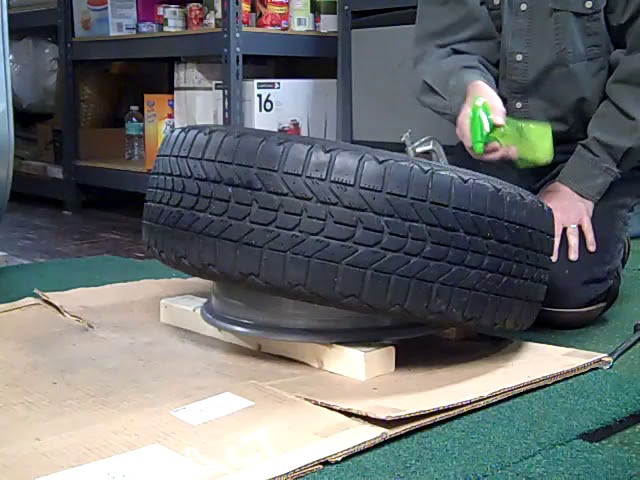
This doesn't mean we can't mount a smaller tire width than the one showed in the chart as the smallest for the same rim width. How so? For e.g., the row with 9" rim width lists as the smallest tire width, 255mm for AR: 25,30,35 and 40. Is it possible to mount smaller tire width than 255 on that rim? Yes.
In our Wheel/Rim Size Calculator-Shows acceptable rim width range for the tyre size, enter tire size 245/40 R 18, you'll get approved rim width range(ARWR): 8" – 9.5" and measuring rim width of 8.5", which means you can mount that tire size(with 245mm tire width) on 9" wide rim, because it's in the ARWR for that tire size. But, measuring rim width(MRW) for that tire size is 8.5", and we were talking about mounting the tire on the rim width of 9".
A tire gets its final size after being mounted on a rim. Every rim width increase of 0.5" as a result has tire width increase of 5mm or 2/10", when the tire is mounted.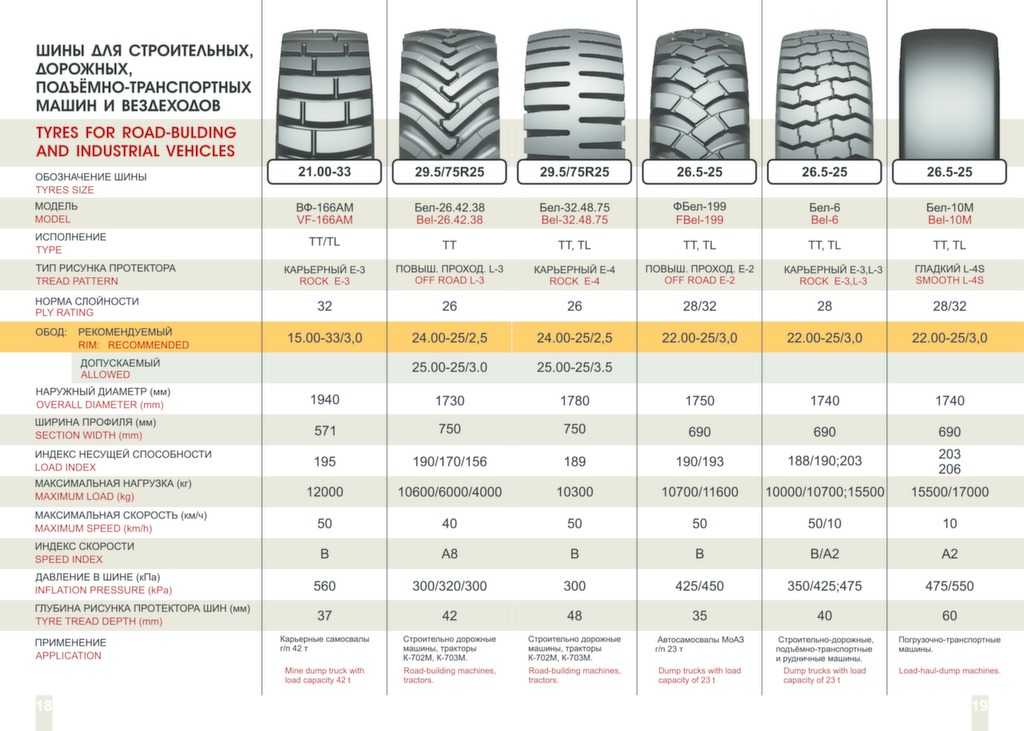 Every tire size has a measuring rim width and an approved rim width range.
Every tire size has a measuring rim width and an approved rim width range.
Hence, when we mount the nominal tire size(imprinted on the tire sidewall) 245/40 R 18, which has MRW equal to 8.5", on the rim width of 9", the real tire size, specifically, real tire width would be 250mm, not 245mm, because the rim on which the tire is mounted is 0.5" greater than the tire MRW.
Related articles:
This calculator gives you the answer to the question "What rims fit my car?"
Wheel/Rim Size Calculator shows the acceptable wheel/rim width range for any given tyre size in accordance with the ETRTO standards and databooks of the leading tyre manufacturers.
Each tyre manufacturer has a specific rim width range on which the specific tyre size can be mounted. This calculator should help you to find the appropriate rim width for your tyres. Failure to follow rim width recommendations may result in poor tyre performance or possible wheel and/or tyre failure.
Choosing a wheel near the middle of the acceptable wheel width range will give the balance between ride quality and handling. A wider wheel will improve car handling at the expense of ride quality, while a narrower wheel will improve ride quality at the expense of handling. Consider these compromises when selecting wheels.
Into the form below, select the tyre size and click on the button "Find Rim Size". The table containing the recommended wheel/rim sizes and rim widths, for the selected tyre size, will be presented below the calculator.
Wheel/Rim Size Calculator
select tyre sizee.g., 195/65R15
125135145155165175185195205215225235245255265275285295305315325335345355/253035404550556065707580R 1012131415161718192021222324252628
WAIT. ..
..
Disclaimer:
This calculator and its results should be used only as a reference. The results should be verified with tyre/wheel manufacturers or specialists. The tyresizecalculator.com is not responsible for any errors that may arise with its usage.
This calculator is only for the passenger car metric tyres and it's complemented by the Rim Width Range and Measuring rim width for Tire Size chart.
A tyre gets its real size(i.e., dimensions) only when fitted to a rim. The nominal tyre size is imprinted on the tyre sidewall, but the tyre gets its real dimensions (i.e., real tyre size), adequate to the nominal size, only when mounted on the Measuring rim. That's why the measuring rim exists for (almost) every tyre size.
The tyre width changes for about 5mm (2/10") for every 0.5" (inches) change in the rim width, in the recommended rim width range.
This calculator shows the recommended (i.e., acceptable) rim width range for the selected tyre size.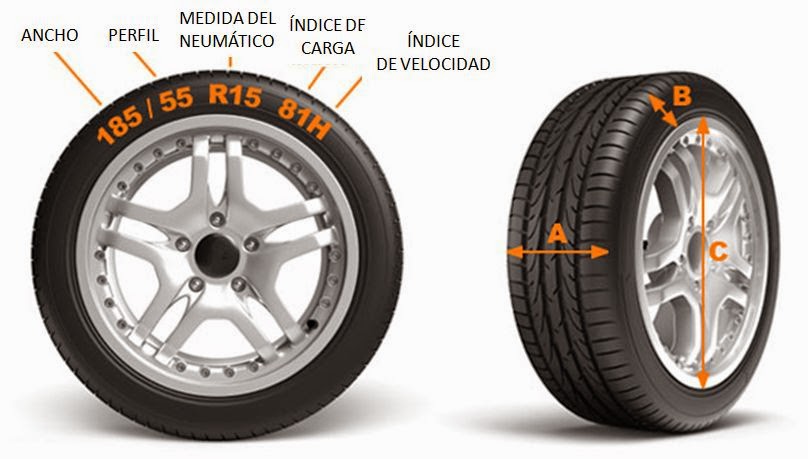 Every rim width from the acceptable range should be suitable for the tyre size you enter in the calculator.
Every rim width from the acceptable range should be suitable for the tyre size you enter in the calculator.
The relation(i.e., ratio) between rim and tyre width is determined by respectable tyre associations. It's dependent on a tyre series(i.e., profile or aspect ratio) and it's used for determining the measuring rim for the tyre. Read more in Tire width for a wheel/rim size chart.
When you find the tyre and rim combination that suits your requirements best, compare the selected tire size with your OE Tyre size to ensure that the selected tyre diameter do not deviate too much from the OE Tyre diameter. This is important for many reasons.
This calculator complements our Tyre Size for Rim Size/Width Calculator and Tyre width for a rim width chart.
Try the Wheel Offset/Backspace Calculator which calculates the offset and the backspace, the important measurements for positioning the wheel/tyre assembly inside the wheel well. This calculator also gives the option to compare wheels, to compare the offset and the backspace of one or more additional wheels to the original wheel.
Related articles:
I came across an article on one of the foreign sites ... I decided to translate it, Thursday evening is a great time to discuss something like that. Especially against the backdrop of recent holivars in the topic of Olga.
With the advent of new standards, the number of questions regarding the selection of tire width for certain rims has increased. And the article will consider not just the possibility of installing rubber on the rims, but the best combination for maximum functionality and safety. Manufacturers such as WTB, Kenda, Schwalbe, Stan's NoTubes agree with Mavic's classification. Here it is:
The second (straight wall) and third (bead lug wall) columns indicate the inner width of the rims. Naturally, this is all relevant not only for the aforementioned brands, but also for all manufacturers that adhere to the ETRTO standard.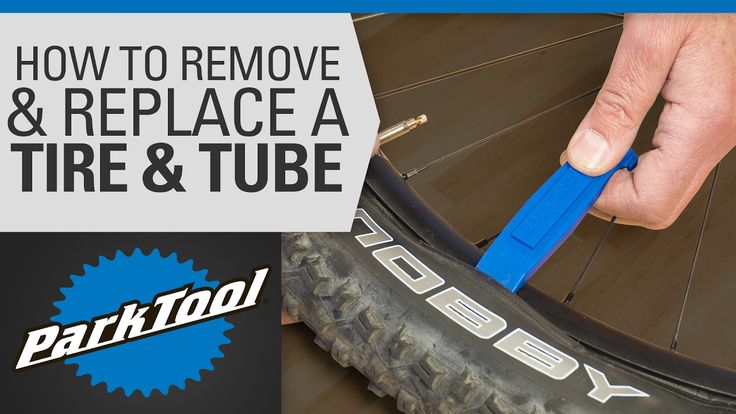 According to Mavic, the international standardization company is going to make changes to include size groups:
According to Mavic, the international standardization company is going to make changes to include size groups:
1. tubeless rims/tires for road bikes;
2. rims with hooks for MTB tubeless tires;
3. rims with straight walls for regular MTB tires;
4. straight wall rims for MTB tubeless tires;
5. for wider rims (up to 50 C) for high volume tires (up to 4").
Let's look at WTB's rim/tire compatibility recommendations:
Adding to the current ETRTO standard is actually a very important point In the table above, there are "N/A" values, but this is only because at the moment the standard does not take into account rims with an internal thickness of 29mm. Nevertheless, if a question of compatibility arises, you can safely write to the manufacturer - he will answer, because he himself is interested in this. A little about the numbers on the tires. The first is its width in mm, the second is the diameter of the rim for which it is designed:
622mm - 700c & 29" MTB road wheels;
584mm - 650b/27. 5" MTB;
5" MTB;
559mm - 26" MTB.
Important to remember: the numbers we use 700, 650, 26″, 27.5″ and 29″ are tire outside diameters and have nothing to do with rim size.
Non-standard products
These include, for example, Industry Nine.
Here's how the company's employees explain their views on rim sizes:
“This decision is based on our own experience, tests, feedback from cyclists using our products and professional athletes with whom we work. If the rim is too wide for the tire, then the chances of severely damaging it when hitting a stone, and at the same time ruining the tire, increase significantly.
If the tire is too wide for the rim, then if the bike is strongly laid in corners, there is a risk of simply tearing it off. In our products, we have tried to balance everything. However, the weave of the tires may vary. A 2.25" tire can work great on a rim with an internal width of 35mm, however we recommend narrower rims. Not only that, wider rims carry more weight. Those who ride primarily on 2.1-2.25” tires will prefer narrower rims.
Not only that, wider rims carry more weight. Those who ride primarily on 2.1-2.25” tires will prefer narrower rims.
Naturally, everything written above is only our recommendations, and not rules that must be followed unquestioningly. The decisive factor in choosing questionable options is safety. No one wants to put a 2.2" tire on a fatbike or put it on our Ultralight rims."
Picture above is from Stan's No Tubes. And more from them:
The "Wide Right" idea, whose logo is visible in both pictures above, suggests an image that reflects the optimal combination of rim and tire.
1. "The shape of the light bulb." Too narrow rim. Worse grip and cornering stability;
2. Properly selected width. No distortion and the tire works properly;
3. "Dome". Too wide rim. The sides are too wide, the tire absorbs less impacts on obstacles, the handling in corners is worse, the side spikes are easier to cut.
Schwalbe believes that some tires are intentionally made narrower because they will "stretch" after a few rides.
What will happen if you put a wide tire on a narrow rim, we figured it out. But what if the rider wanted to get a little more width by replacing the rim with a wider one? Kenda replied:
“Any 1mm deviation from the recommended rim width (whether + or -) will cause the tire to gain or lose 0.4mm in width.
Example: A 2.20" (56mm) tire needs to fit on a rim with an inside width of 24mm, but was chosen to fit on a rim with an inside width of 29mm. As a result, the tire width will be 58 mm, which is closer to 2.30". turn."
Schwalbe table according to ETRTO standard:
62mm fits 2.44" tires no larger standard. So far.
Some calculations from BikeRumor: colleagues concluded that the width of the rim should be 32-70% of the width of the tire, according to the table above. For a 2.8″ tire, this is a rim from 23 to 49 mm. The ideal width that does not distort the tire, given everything written above, starts at 35-40 mm. Warning: using this calculation, you select everything at your own peril and risk.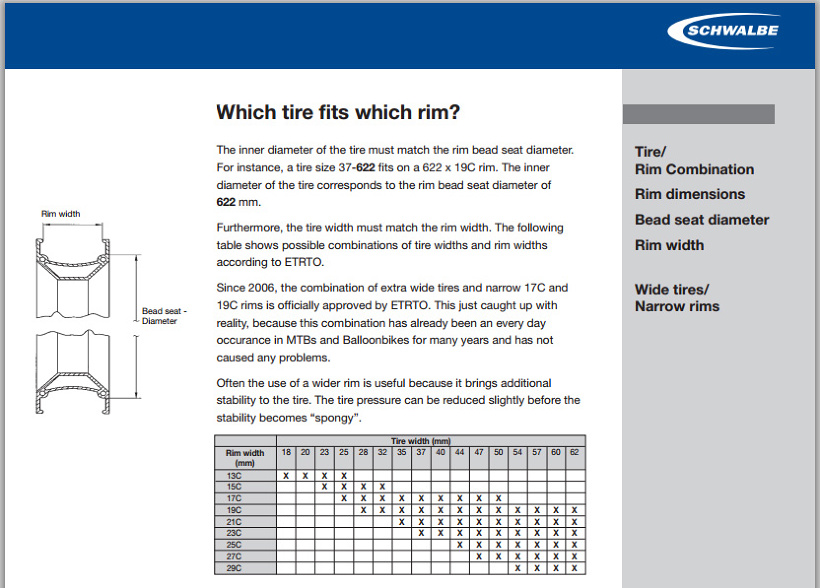 The people who did it are not responsible.
The people who did it are not responsible.
What about fat bikes? : from
Using the formula above, we can say that for a 4.0" tire, rims from 34 to 71 mm will be ideal. There are many options, play to your health, the manufacturers have taken care of everything.
fat bikes are not as relevant.Tim Krueger, of the fledgling Terrene Tire, says tire pressure on fat bikes will help absorb the hardest hits without harming the rim. • Your choice is narrower.
Industry Nine people talk about 4.8" and 5.0" snow tires on 90mm rims. 75-80mm rims will fit the more common 3.8" and 4.0" tires. In summer, it is better to choose 50 mm rims and pump up the wheels harder.
Total?
Whatever the purpose of the bike, the width of the rim should be 50-65% of the width of the tire. It is best to go to a shop where you can install tires on the rim and see all this disgrace live. Or write to the manufacturer.
Thanks to Baikrumor for the article and to you if you are reading this.
Here the rules for posting have been published, let's not forget them and together we will make the resource better!
And you can always find them under the blog selection options (as practice shows, not everyone notices):
Oleg Rastegaev
Photo: Dmitry Pitersky
Expert group: Andrey Mokhov | Oleg Rastegaev | Yaroslav Cyplenkov
How bad is the comfort of Run Flat tires with reinforced sidewalls, on which, after a puncture, you can reach the tire shop? Why are they used today not only by BMW and Mini, but also by Mercedes-Benz, Infiniti, Lexus? We took a Bavarian "three-ruble note" with two sets of tires, "safe" and regular, and went to the landfill.
Struggling with punctures in pneumatic tires, already at the beginning of the 20th century, tire manufacturers tried to use porous rubber and bandage rings - but these unpractical solutions took root only in motorsport and in military equipment. Only at 19In 1973, Dunlop proposed to reinforce the sidewalls with an additional layer of rubber, which, in the event of a puncture, acted as a cushion between the rim and the road and allowed the movement to continue even at zero pressure. The technology was called Dunlop Denovo, reinforced tires were installed as an option for Fiat Panda, Rover P6B cars. Later, the name Run Flat was assigned to these tires - driving on a flat tire, that is, on a deflated tire. And they began to be truly mass-produced only at the end of the nineties of the last century, when the technology was adopted by BMW: Bavarian cars began to be designed without niches for a spare tire at all.
Only at 19In 1973, Dunlop proposed to reinforce the sidewalls with an additional layer of rubber, which, in the event of a puncture, acted as a cushion between the rim and the road and allowed the movement to continue even at zero pressure. The technology was called Dunlop Denovo, reinforced tires were installed as an option for Fiat Panda, Rover P6B cars. Later, the name Run Flat was assigned to these tires - driving on a flat tire, that is, on a deflated tire. And they began to be truly mass-produced only at the end of the nineties of the last century, when the technology was adopted by BMW: Bavarian cars began to be designed without niches for a spare tire at all.
Run Flat tires are not only an additional layer of rubber on the inside of the sidewall, but also a different design of the carcass, bead ring and bead cord adjacent to it spare-document. Moreover, it will not just be thrown into the trunk, but placed in a specially equipped niche under the raised floor, which, unfortunately, will significantly reduce the usable volume of the cargo compartment.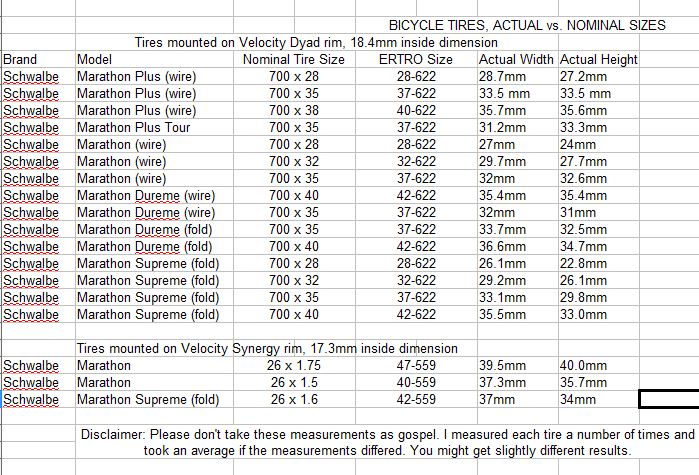 So is it worth sacrificing the trunk for the sake of driving comfort? And by the way, how safe are run flat tires to drive when flat? I remember very well how, 14 years ago, at the Paul Ricard track, journalists sorted out a flat Pirelli Run Flat tire on a “one” BMW.
So is it worth sacrificing the trunk for the sake of driving comfort? And by the way, how safe are run flat tires to drive when flat? I remember very well how, 14 years ago, at the Paul Ricard track, journalists sorted out a flat Pirelli Run Flat tire on a “one” BMW.
Pirelli uses the “Run Flat” marking, while other manufacturers use more sophisticated abbreviations: RSC (Michelin), RFT (Bridgestone) or SSR (Continental)
Take me, too, Pirelli - a modern model of the Cinturato P7 in dimension 225 /55 R17. Two sets. The one that Run Flat, with reinforced sidewalls, is also marked with asterisks: the tires are homologated for BMW and Mini cars. And the function of the aggregate carrier will be performed by the BMW 320d. His native tires are slightly lower, dimensions 225/50 R17, but may the tire gods forgive us for a five percent difference in profile height.
Due to the stiffer sidewalls and developed humps, it is more difficult to mount Run Flat tires
We mounted all tires on the same alloy wheels, which were promptly made for us by the Krasnoyarsk company K&K. Beading Run Flat tires is, of course, more difficult: not only is the sidewall much stiffer, but also the humps are higher (these are the tides that prevent the tire bead from sliding into the inner rim stream). The wheel designed for regular tires has a hump height of 5 mm, while the one designed for Run Flat tires has a hump height of 6.2 mm. But even our ten-year-old tire changer coped with the task.
Beading Run Flat tires is, of course, more difficult: not only is the sidewall much stiffer, but also the humps are higher (these are the tides that prevent the tire bead from sliding into the inner rim stream). The wheel designed for regular tires has a hump height of 5 mm, while the one designed for Run Flat tires has a hump height of 6.2 mm. But even our ten-year-old tire changer coped with the task.
The wheel of the Krasnoyarsk company K&K (left) with dimensions 7.5x17 h3 is designed for a conventional tire. And the one on the right is marked 7.5x17 Eh3 + - the abbreviation Eh3 + means Extended Hump, extended humps of increased height (shown by arrows) for Run Flat tires
Let's go!
Is there a difference on the go? At the same pressure of 2.2 bar, Run Flat tires give more vibrations on a relatively flat surface - the body trembles more noticeably in a short wave. But on large bumps there is no significant difference: on both tires, the BMW 320d rides through the pits harshly.